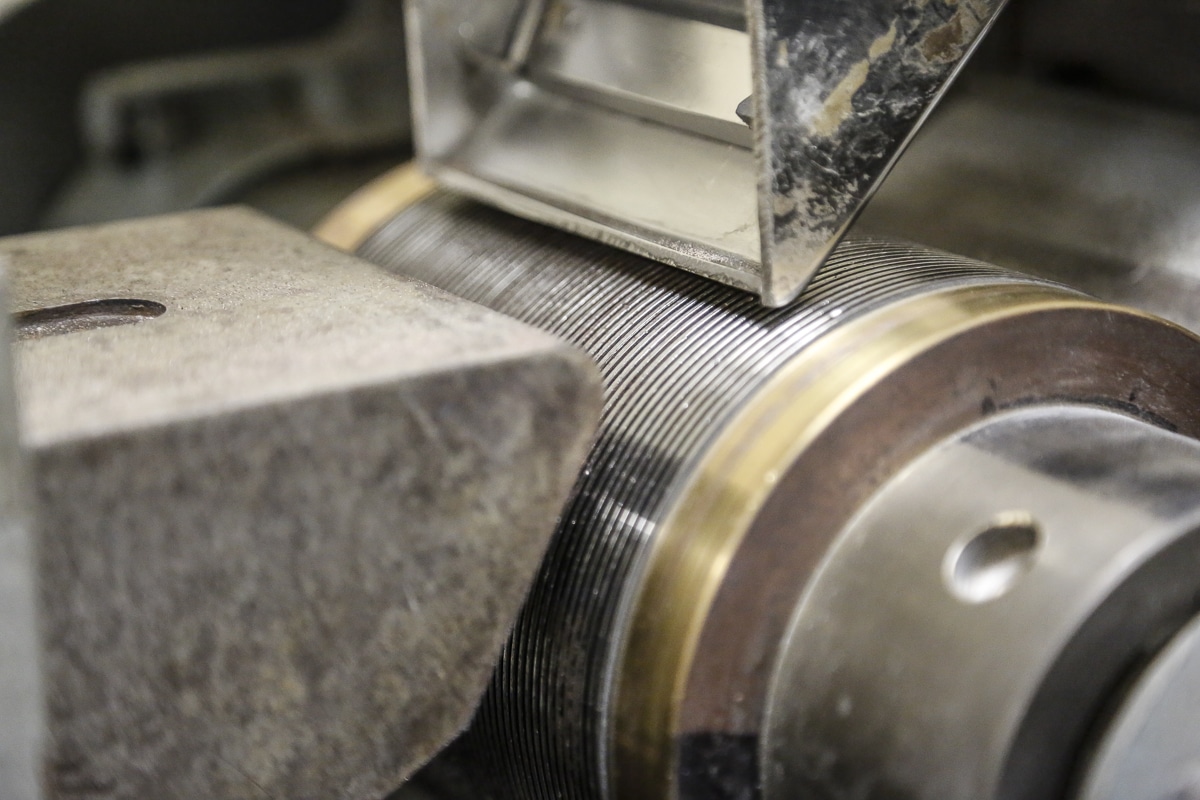
Induced Magnetic Roll Separator IMR
The high-intensity Induced Magnetic Roll Separator (IMR) is used to remove weakly magnetic particles in dry non-metallic mineral processing applications.
The Induced Roll Magnetic Separator (IMR) is proven technology for purifying dry non-metallic minerals used in the ceramics and glass industries. The IMR uses electromagnetically-generated high intensity magnetic fields to continuously separate small paramagnetic particles from materials with a particle size range between -2mm to 45 microns. The IMR comprises of an electro-magnetically induced steel roll positioned between a bridge bar and pole piece. The peak magnetic field generated on the induced roll is 2.2 Tesla (22,000 Gauss).
The IMR offers many advantages compared with permanent magnetic separators including:
Adjustable features including:
Magnetic field strength, by varying the power to the electromagnetic coils;
Roll speed for retention time of the mineral in the magnetic field;
Gap between the induced roll and pole to accommodate different feed size ranges;
Ability to process hot mineral feeds (up to between 80 and 100 C)
Generates limited static charge that may affect the separation performance
Robust design that requires limited maintenance and spare parts
Related blogs
Video Explanation of the Induced Magnetic Roll Separator IMR
Rare Earth Roll or Induced Magnetic Roll
Operation
In operation, a controlled rate of material (e.g. non-metallic minerals) is fed from a hopper or vibratory feeder onto the rotating induced magnetic roll (roll speeds vary between 80 to 120 RPM). Weakly magnetic material is attracted and either deflected or held to the roll surface. The trajectory of the non-magnetic material is unhindered, discharging away from the separated material. Captured magnetic material discharges from the roll at a point of lower magnetic intensity, often aided by a brush. A splitter plate is interposed between the two product streams to enable a clean separation. The IMR is often setup to produce a ‘middlings’ stream (i.e. very weak magnetic material mixed with non-magnetics) by the addition of a second splitter plate. It is common practice to have two induced rolls mounted in series on the same unit to enable a double pass for improved separation efficiency and process performance.
Applications
The Induced Magnetic Roll Separator is widely used across the non-metallic minerals, ceramics and glass industries. Typical capacities for a metre-wide unit vary based on mineral type, density and particle size distribution and are ideally determined by laboratory test trials. Typical capacities per meter width are:
Concentration of ilmenite sands: 4tph
Chromite concentration: 3-5tph
Silica sand upgrading: 2-3tph
Bunting has supplied the IMR to mineral companies processing a wide range of minerals including:
· Apatite
· Mica
· Baddeleyite
· Mullite
· Barite
· Nepheline Syenite
· Calcite
· Petalite
· Cassiterite
· Quartz
· Corundum
· Rutile
· Feldspar
· Scheelite
· Flint Clay
· Silicon Carbide
· Glass Sands
· Spodumene
· Kyanite
· Wollastonite
· Limestone
· Zircon
· Manganese

Intensity Magnetic Separator - an overview
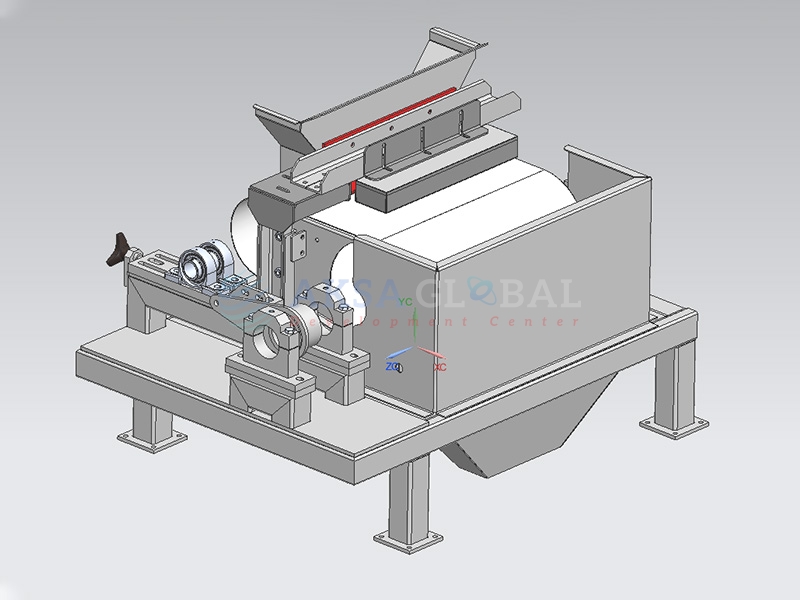
Induced Magnetic Roll Separator

Bunting Ceramics Catalog Magnetic Separation by Bunting

Bunting Ceramics Catalog Magnetic Separation by Bunting

Magnetic Separation

Bunting Ceramics Catalog Magnetic Separation by Bunting

Induced Magnetic Roll Seperator (IMRS), Equipment
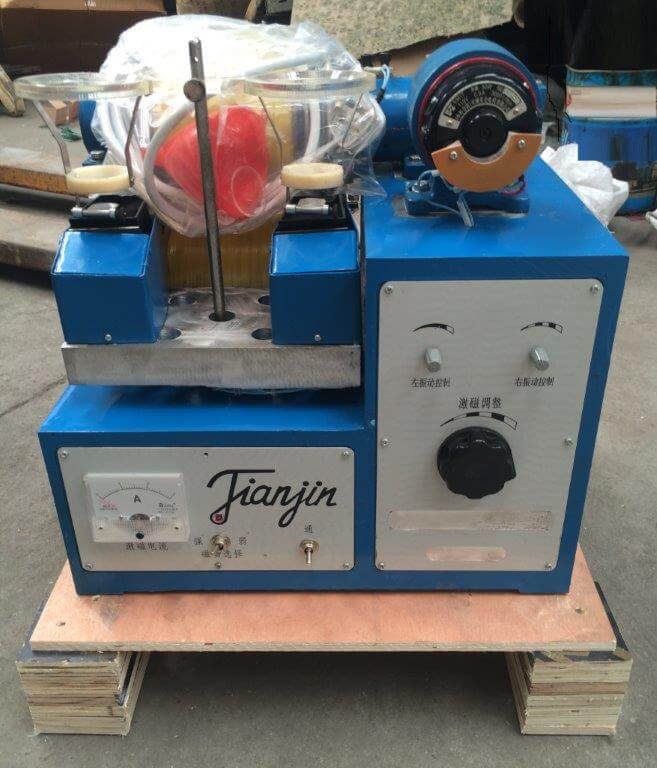
High Intensity Dry Roll Magnetic Separator
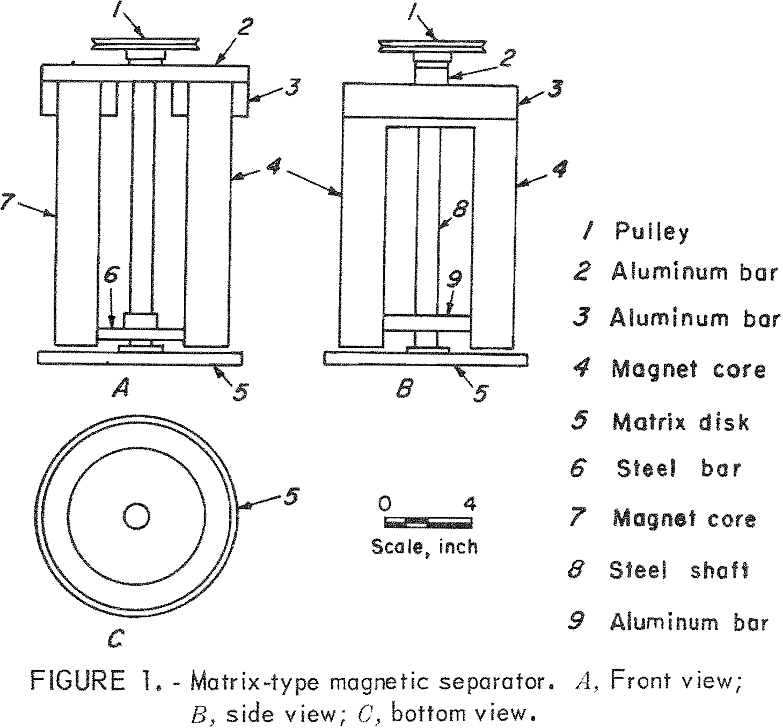
Magnetic Separators
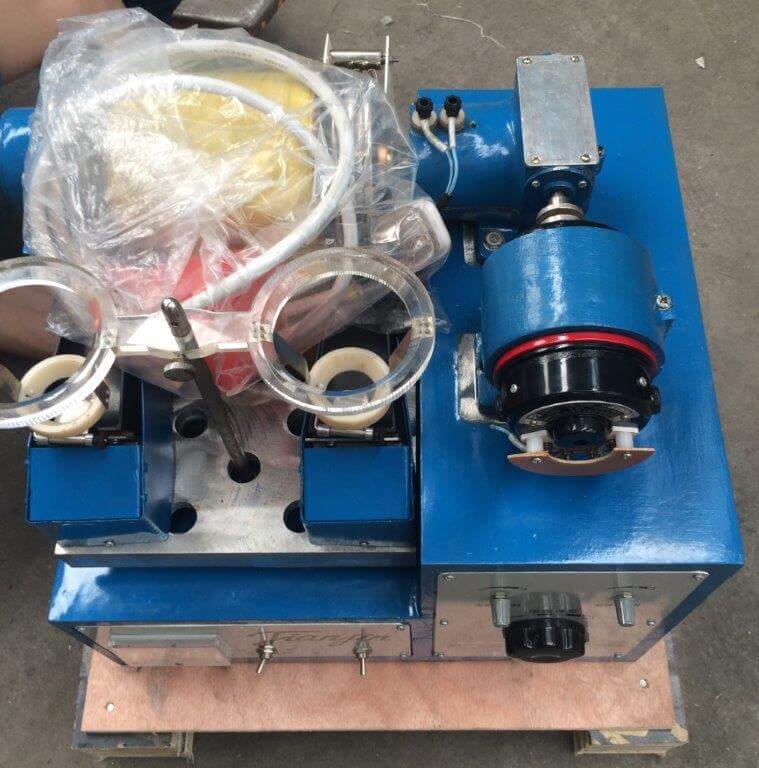
High Intensity Dry Roll Magnetic Separator
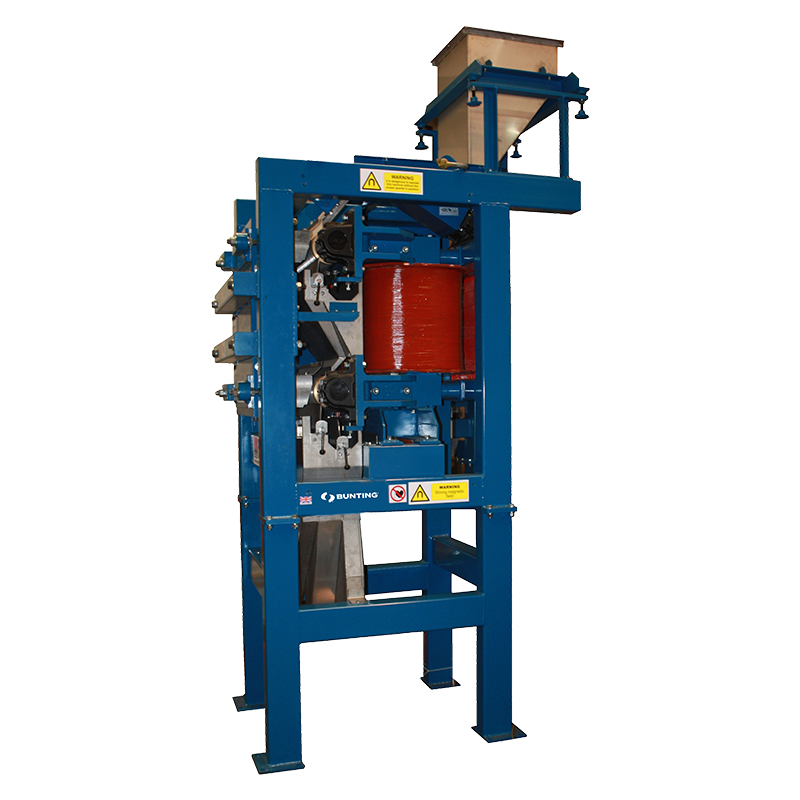
Induced Magnetic Roll Separator IMR

Separation analysis of dry high intensity induced roll magnetic separator for concentration of hematite fines - ScienceDirect
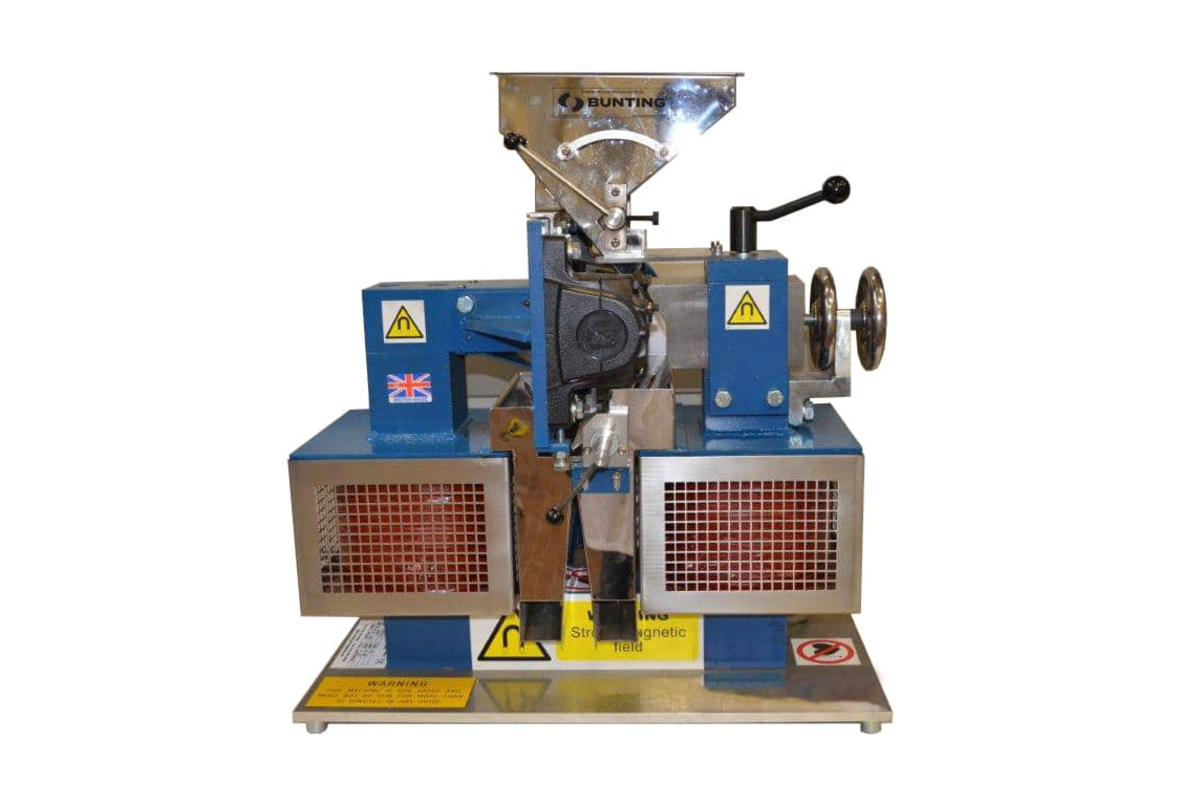
Induced Magnetic Roll Separator IMR
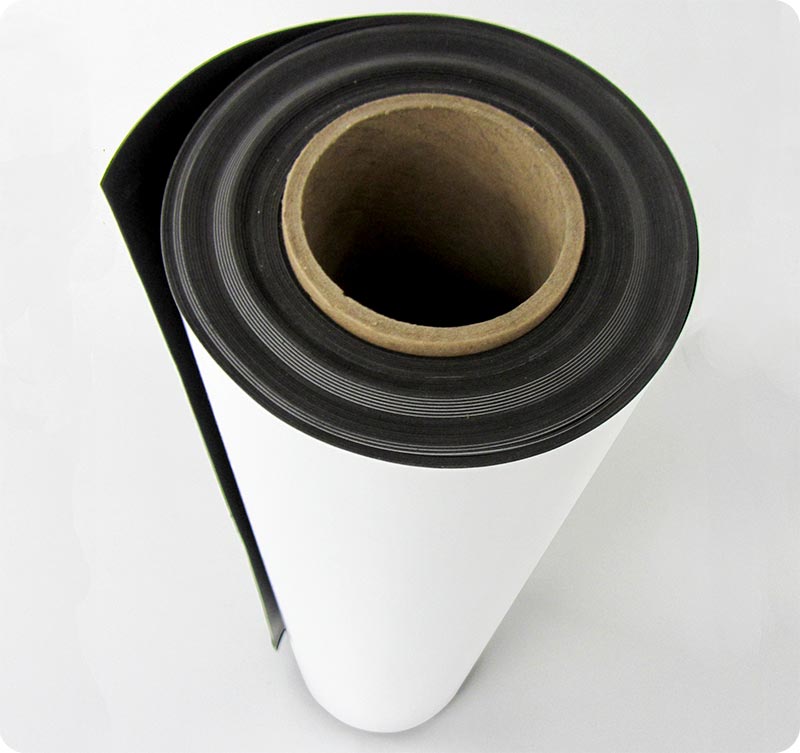
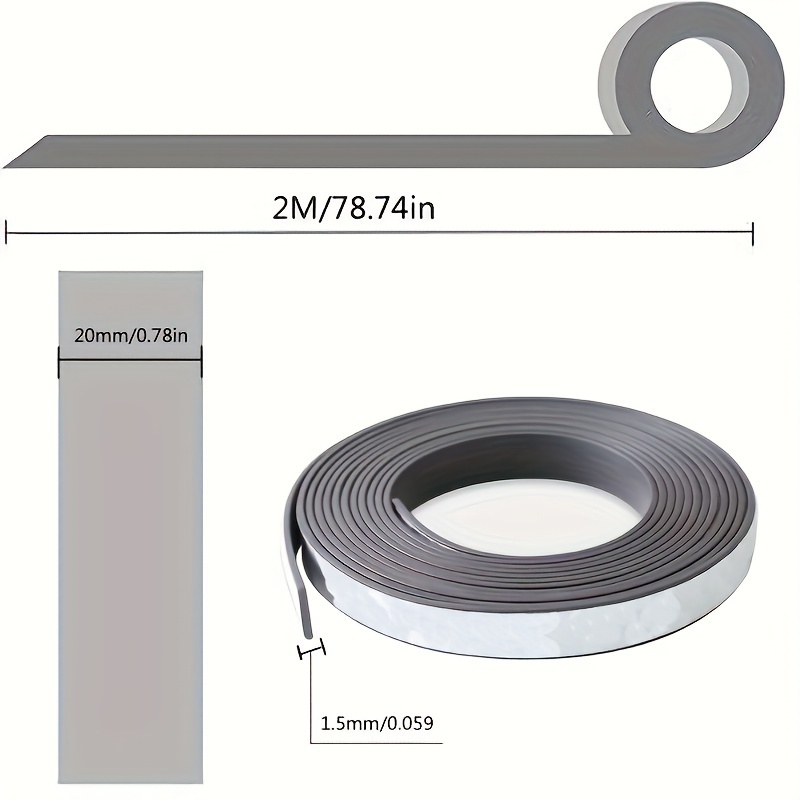
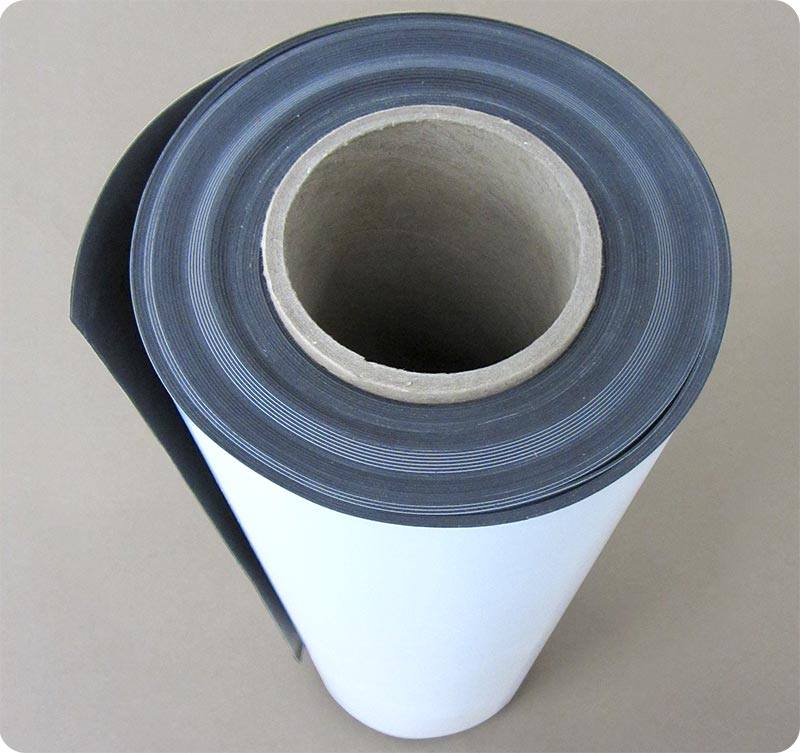
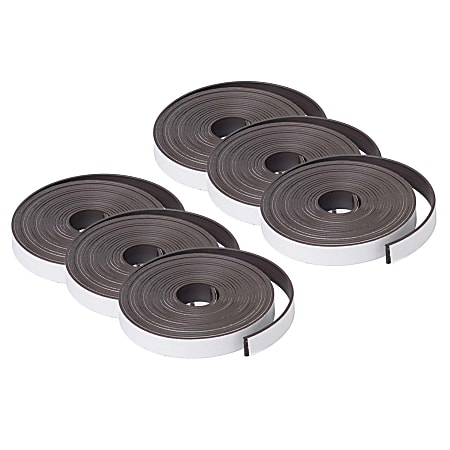
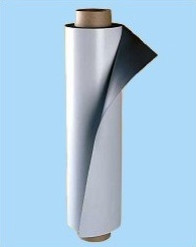
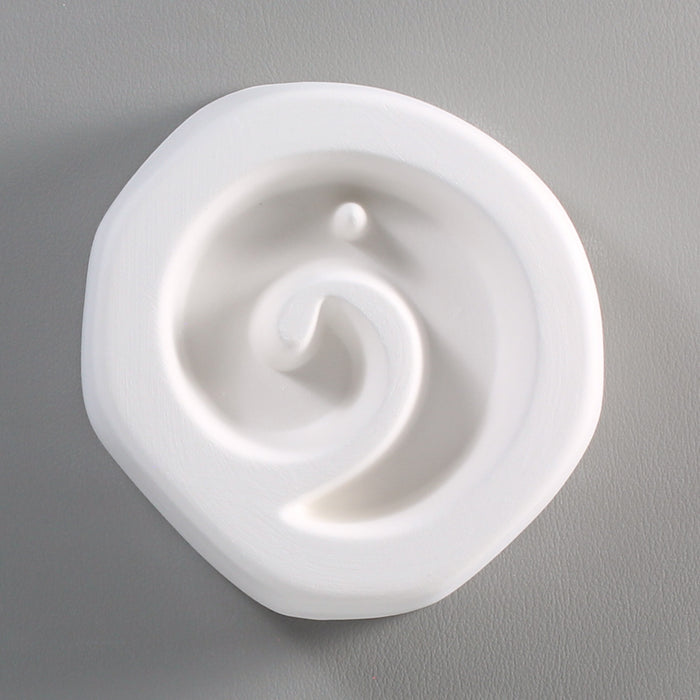
:max_bytes(150000):strip_icc():focal(978x469:980x471)/lainey-wilson-parents-1-834bcd54b8eb423b80c5cf8e41bc9014.jpg)

